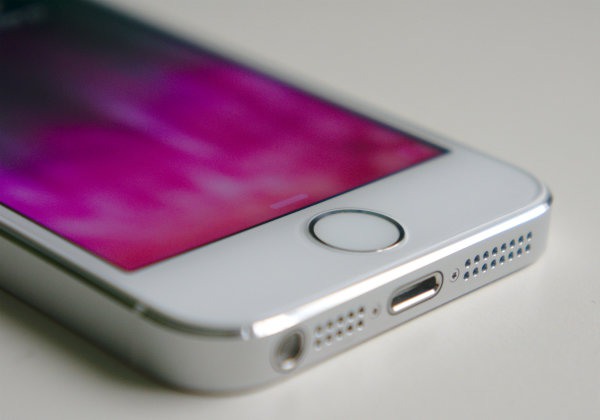BYOD: How Emergency Services Can Benefit from a Business Technology Trend

Bring Your Own Device (BYOD) to work has become so commonplace in most workplace environments it's hard to call it a "trend" anymore; it's more of a given. Employees want to bring their own devices to the job because they know how to use them. Since most people carry their own devices on their person throughout the day - primarily in case of family or personal emergency - they don't want to carry two devices or use their work-issued device for personal matters.
One environment where BYOD might be considered more trendy than common is the emergency services sector. Public safety agencies are typically risk-averse, and choose a one-size-fits-all approach to devices to meet their requirements for resilient, task-specific communications. Hospital IT departments also tend to have limited staff and funds to devote to managing or supporting multiple operating systems or apps.
That said, technology is advancing rapidly with a refresh occurring roughly ever 10 years, so we are likely to see significant advances in how our emergency responders communicate in the coming years. New categories of technology such as wearables, drivables or even flyables will change the way we communicate. Public safety agencies in Australia and New Zealand are already test-driving some of these technologies.
There are wearable cameras that relay real-time video from a users' perspective back to command base, and sensors that monitor pulse and other biometric indicators. All of this technology can be connected seamlessly to command centers, emergency rooms, or even nearby safety vehicles which are equipped to serve as computers on wheels.
The popularity and utility of these categories for emergency response lies in their ability to be designed as task-specific, and the implications for hospital emergency use are exciting. Imagine an EMT wearing a camera on her head as she stabilizes a patient at an accident scene, speaking into a microphone so she and ER personnel can communicate while seeing the same thing. One can take note of the patient’s pallor, injuries or wounds while the other collects and transmits vital signs, perhaps using other mobile devices.
Another possibility would be that the ambulance itself might communicate with an app on EMT smart phones, reporting back to a command post who is inside the vehicle, who is driving, if they are moving or stopped, etc. Knowing who is where without necessarily interrupting their care of patients could improve response times, and minimize distractions that make it harder for the EMT to communicate with doctors.
Emergency services agencies will need to figure out how to connect consumer devices to dedicated private data networks, protecting patient confidentiality, as well as integrating devices with vehicles like ambulances and police cars, while maintaining necessary levels of encryption.
The good news is that it is getting increasingly easy to secure data, even between a diverse array of consumer devices. Technology companies are responding to the healthcare and emergency services industry with apps and services to make it easier for emergency service workers to use the devices they know and trust to do the jobs we rely on them to do, safely and securely.
As a 229-bed acute care hospital located in the heart of Slidell, LA, Slidell Memorial Hospital provides access to emergency services, as well as the latest treatments, technology and expert physicians.
Upcoming Events See All
No upcoming events at this time. Please check back soon.
